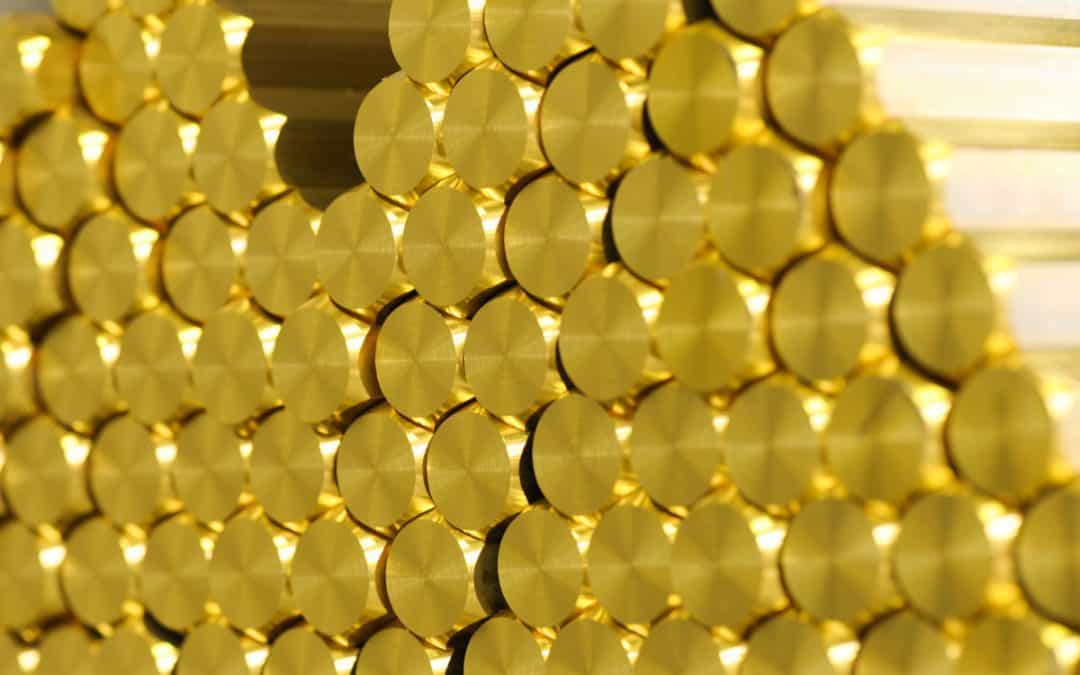Brass pipes, fixtures and fittings, including faucets and valves, are common in bathrooms for a reason: Brass offers a lot of benefits when it comes to moving water around a building. Plumbers and machinists alike appreciate how easy it is to work with and use, particularly the long, rust-free service life and good joining characteristics. And for components in contact with drinking water, there are a variety of brass solutions that meet lead-free compliance regulations and offer even further advantages through high-speed machining.
Adding small amounts of lead to metals like brass and steel improves machinability by breaking chips and lubricating tools. For alloys used in potable water components, lead is typically removed, or replaced with another element such as silicon. While non-leaded alloys are generally more difficult to machine compared to their leaded counterparts, today’s modern machine tools have faster and more powerful spindles that ensure manufacturers can still achieve the high productivity and cost-effectiveness they expect from brass.
For example, research by the Copper Development Association and TechSolve found that, with the higher speed, power and rigidity of modern machining platforms, brass can be machined at speeds and feeds far beyond what was previously thought possible. For non-leaded brasses, this improvement is significant: For turning applications, higher feeds and speeds were observed to increase machining efficiency (i.e., less power required to remove the same amount of material) by more than 25 percent and 15 percent respectively. Moreover, these aggressive cutting conditions could be maintained for long production periods with little tool wear and great chip control. In drilling operations, applying high-speed machining parameters for several non-leaded brasses demonstrated an efficiency gain of over 65 percent.
Now, thanks to manufacturing advancements, brass is more useful than ever. For example, after the Hamilton, Ohio-based SPR Machine Inc., implemented TechSolve’s process improvements for one of its parts, cycle time dropped by over 60 percent to two minutes and 20 seconds, and parts per eight-hour shift skyrocketed to 191. The high-speed machining capabilities of brass enabled SPR to run aggressive metal removal rates for long production periods with little penalty in terms of tool life. To learn more about SPR’s achievements – and the high-speed potential of brass – see the full story here.


Recent Comments